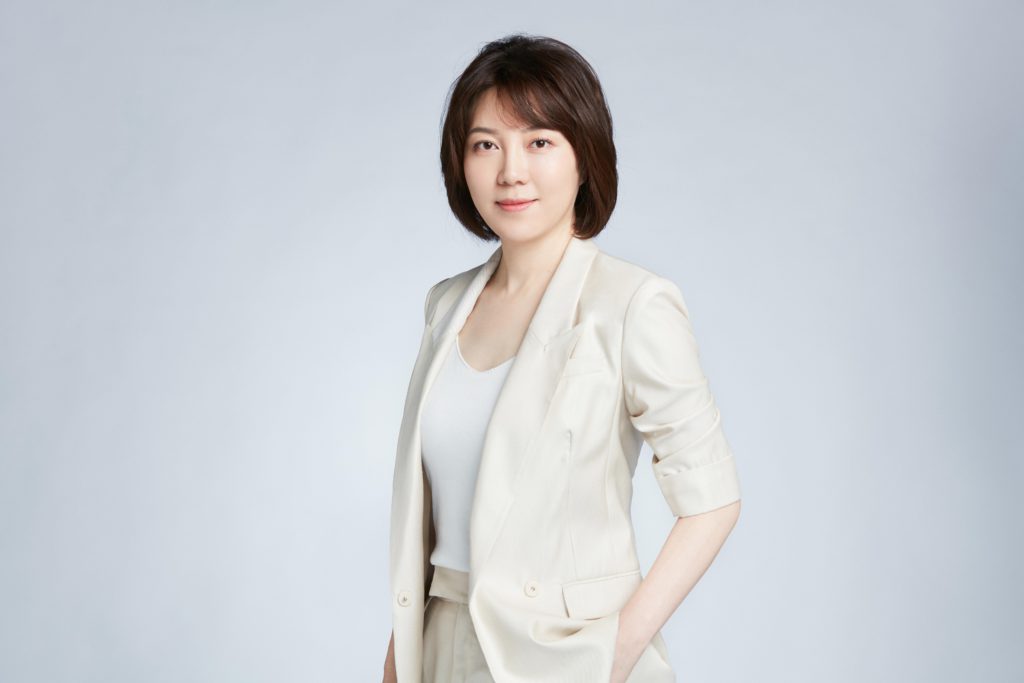As chatbots fall short, ByteDance bets on Dreamina as the “TikTok of the AI era”

With engagement lagging on Doubao, ByteDance shifts focus to Dreamina and CapCut to drive its vision for the AI era.
Although ByteDance’s Doubao has seen user growth in recent months, its performance across key metrics such as usage duration, access frequency, and monetization potential remains underwhelming, reflecting broader challenges faced by conversational artificial intelligence products.
36Kr has learned from insiders that ByteDance’s leadership considers chatbot products a transitional step in AI development. In the long term, the company envisions a more visually immersive product with reduced entry barriers as the ideal form. Consequently, ByteDance has elevated the priority of its Dreamina initiative, aiming to establish it as the “TikTok of the AI era.”
ByteDance did not respond immediately after 36Kr reached out for comment.
The prospects of chatbots
An insider told 36Kr that Doubao’s current user engagement remains relatively low, with users active only two to three days a week, sending just five to six messages daily. Each session lasts around two minutes, resulting in an average of approximately ten minutes per day spent on the platform. These metrics have shown little significant growth over the past year.
ByteDance management has suggested that this issue may not be unique to Doubao. Despite its challenges, the platform already ranks among the leading chatbot products in China. However, as with ChatGPT, text-based conversational AI products may not represent the ideal format for long-term user engagement.
According to third-party data platform QuestMobile, similar products, such as Moonshot AI’s Kimi and Baidu’s Ernie Bot, have exhibited comparable patterns. Over the past year, they maintained a daily usage frequency of four to five times and an average session duration of five to ten minutes, with no notable changes.
Doubao, however, has distinguished itself in terms of user growth. Early in the year, it was on par with Kimi and Ernie Bot. By September, a report by LatePost revealed that Doubao had surged to 7.6 million daily active users (DAUs), far outpacing Kimi, which recorded about 1.3 million DAUs during the same period.
Doubao has also rapidly introduced features like music generation, text-to-image, image-to-video, and visual recognition, with its comprehensive voice functionalities standing out. Despite these advancements, key engagement metrics, such as conversation turns and session duration, remain below expectations.
As the platform grows and inference costs rise, the commercial viability of conversational AI products remains uncertain. According to an insider, ByteDance has internally concluded that a subscription-based model is unlikely to succeed in China. Additionally, low session durations and conversation frequency impose limitations on advertising revenue, creating a hidden ceiling for the monetization of such platforms.
CapCut and Dreamina to take precedence
Insiders told 36Kr that ByteDance’s management believes it is essential to develop product formats with lower interaction thresholds and multimodal features for long-term success. CapCut and Dreamina (known in China as Jimeng AI) have emerged as promising entry points in this strategy.
CapCut, a video creation tool, has already integrated advanced technologies for image and video editing. ByteDance recently achieved significant breakthroughs in image and video generation, including the launch of PixelDance, a highly consistent image-to-video model, and became the first to enable precise Chinese text generation in images. Both CapCut and Dreamina were among the first applications to incorporate these capabilities.
Viewed as an AI product, CapCut boasts impressive monthly active users (MAUs). According to global AI product rankings by Unique Research, CapCut recorded 170 million MAUs in October 2024, ranking second globally behind ChatGPT’s 250 million MAUs.
Dreamina, introduced by former Douyin CEO Kelly Zhang (also known as Zhang Nan) after her transition to CapCut, represents ByteDance’s vision for the AI era. Zhang, who had expressed strong optimism about AI in an internal memo, launched Dreamina as part of a new entrepreneurial initiative within the company. The platform combines AI creation tools with a content-driven community, leveraging CapCut to attract a growing number of AI creators.

AI designers are already using Dreamina to showcase their AI-generated works. As AI tools become more effective, ordinary users are expected to contribute valuable content as well. Dreamina’s corresponding world model could support diverse applications, including gaming, video production, and the metaverse. Notably, some of these AI features have already shown revenue potential through CapCut.
ByteDance is reallocating more resources to multimodal product formats, with heightened expectations for Dreamina. For instance, its large-scale visual generation models are being optimized for Dreamina’s needs and launching on the platform with features like text-to-image and text-to-video generation. Zhang has dedicated substantial efforts to the development of Dreamina, reflecting its strategic importance.
In parallel, ByteDance is exploring other multimodal innovations with low interaction thresholds. For example, Maoxiang, an AI entertainment app developed by ByteDance, has reportedly achieved an average conversation turn count nearly 50 times higher than Doubao, demonstrating the potential of alternative approaches.
#ByteDance #AIInnovation #Dreamina #CapCut #ConversationalAI
- Art
- Causes
- Crafts
- Dance
- Drinks
- Film
- Fitness
- Food
- ហ្គេម
- Gardening
- Health
- ទំព័រដើម
- Literature
- Music
- Networking
- ផ្សេងទៀត
- Party
- Religion
- Shopping
- Sports
- Theater
- Wellness


